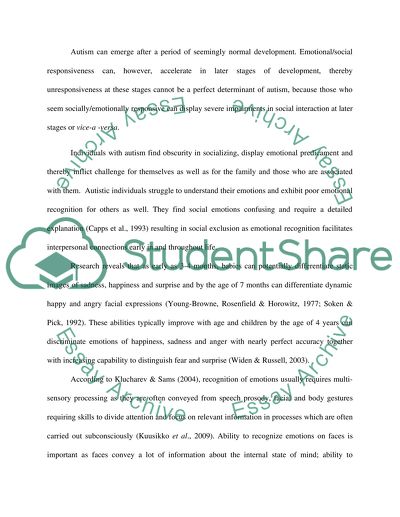Cite this document
(“Autism: An encumbering emotional dilemma in adulthood Essay”, n.d.)
Retrieved from https://studentshare.org/psychology/1396536-do-individuals-with-autism-have-similar
Retrieved from https://studentshare.org/psychology/1396536-do-individuals-with-autism-have-similar
(Autism: An Encumbering Emotional Dilemma in Adulthood Essay)
https://studentshare.org/psychology/1396536-do-individuals-with-autism-have-similar.
https://studentshare.org/psychology/1396536-do-individuals-with-autism-have-similar.
“Autism: An Encumbering Emotional Dilemma in Adulthood Essay”, n.d. https://studentshare.org/psychology/1396536-do-individuals-with-autism-have-similar.


